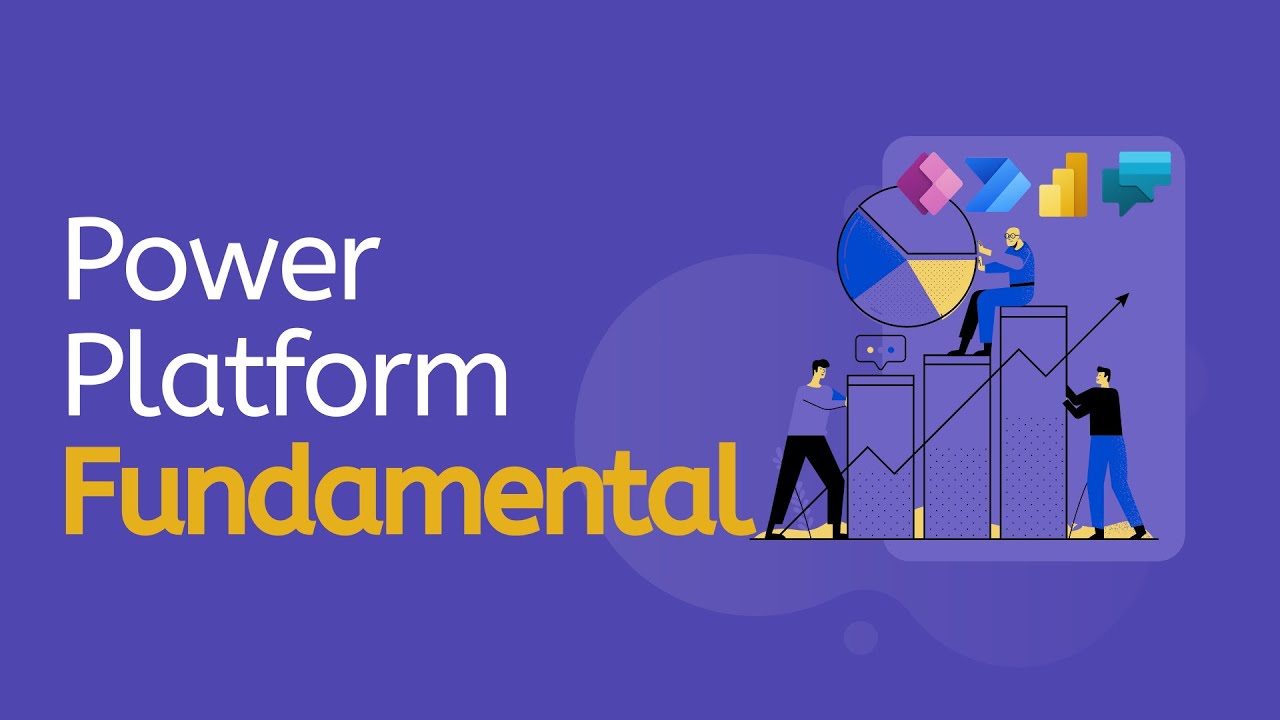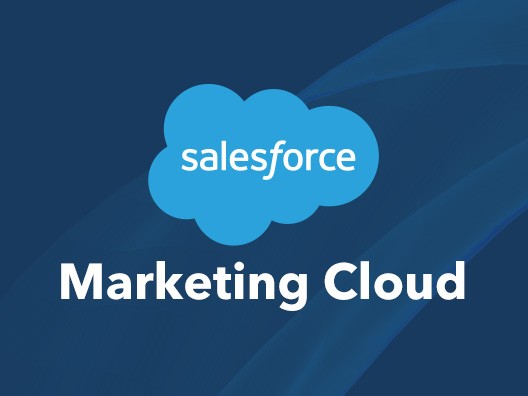Description
Introduction
Microsoft Dynamics 365 is a suite of intelligent business applications designed to help organizations manage various aspects of their operations, from sales and customer service to finance and supply chain management. Power Apps is a low-code platform that allows users to create custom applications without deep coding knowledge. Integrating Dynamics 365 with Power Apps enables businesses to create custom apps that extend the functionality of Dynamics 365, automate business processes, and enhance user experiences by leveraging data from Dynamics 365 seamlessly.
Prerequisites of Dynamics 365 with Power Apps
- Basic knowledge of Dynamics 365 modules (e.g., Sales, Customer Service, Finance, etc.).
- A Microsoft Power Apps account and access to the Power Apps environment.
- Understanding of the data structure and entities in Dynamics 365.
- Familiarity with Microsoft Dataverse (Common Data Service) as it is the data platform for Power Apps.
- Knowledge of how to configure and use data connectors within Power Apps.
- Basic understanding of business processes you want to automate or extend using Power Apps.
- Permissions to access both Power Apps and Dynamics 365 data sources.
TABLE OF CONTENT
1.Introduction
1.1 Overview of Dynamics 365
1.2 Power Platform Introduction
1.3 Importance of Power Apps in Business Solutions
2.Dynamics 365 Fundamentals
2.1 Core Components of Dynamics 365(Ref: Introduction to Dynamics 365 F&O Finance, SCM, and WM)
2.2 Dynamics 365 Modules and Applications
2.3 Integration with Power Platform
3.Power Platform Basics
3.1 Understanding Power Platform Components
3.2 Power BI Overview
3.3 Power Automate Essentials
3.4 Common Data Service (CDS) Introduction
4.Power Apps Development
4.1 Power Apps Architecture
4.2 Creating Canvas Apps
4.3 Model-Driven Apps Development
4.4 Connecting to Data Sources
4.5 Formulas and Expressions in Power Apps
5.Working with Power Automate and Power BI
5.1 Automating Processes with Power Automate(Ref: Advanced MS Power Automate Workflow Optimization)
5.2 Integrating Power Apps with Power Automate
5.3 Reporting and Analytics with Power BI
6.Common Data Service (CDS)
6.1 Overview of Common Data Service
6.2 Data Modeling in CDS
6.3 Entities, Relationships, and Fields
7.Advanced Power Apps Development
7.1 Customizing User Interfaces
7.2 Implementing Business Logic
7.3 Extending Functionality with Plugins and Connectors
8.Deployment and Administration
8.1 Deploying Power Apps Solutions
8.2 Security and Role-Based Access Control
8.3 Monitoring and Managing Power Platform Environments
Conclusion
Integrating Dynamics 365 with Power Apps provides a seamless way to extend the capabilities of Dynamics 365 through custom applications that address specific business needs. By leveraging the powerful data connectors and tools in Power Apps, organizations can build apps that automate workflows, create custom user interfaces, and access real-time data from Dynamics 365. The integration also enables automation through Power Automate, delivering efficiency and streamlined processes. With the right setup, security measures, and ongoing management, businesses can unlock the full potential of their Dynamics 365 investment and drive greater business success through innovative applications.






